Call Our Sussex Damp Experts team now for a free quote, consultation and advice:

Before considering insulation and damp proofing, it is crucial to determine the type of damp you are dealing with. The two basic types of damp are rising damp and penetrating damp.
To check if your home has a correctly bridged damp proof course installed, look for salts on the interior walls. If there is no protection against rising damp, these salts form a crystallised powder that appears on plaster. In such cases, removing the plaster and erecting a new damp proof course becomes necessary.
On the other hand, black mould and mildew patches indicate condensation or penetrating moisture issues which can be remedied by better ventilation or by implementing effective external wall waterproofing solutions. Mould growth may also produce an unpleasant musty odour in addition to visible signs against walls.
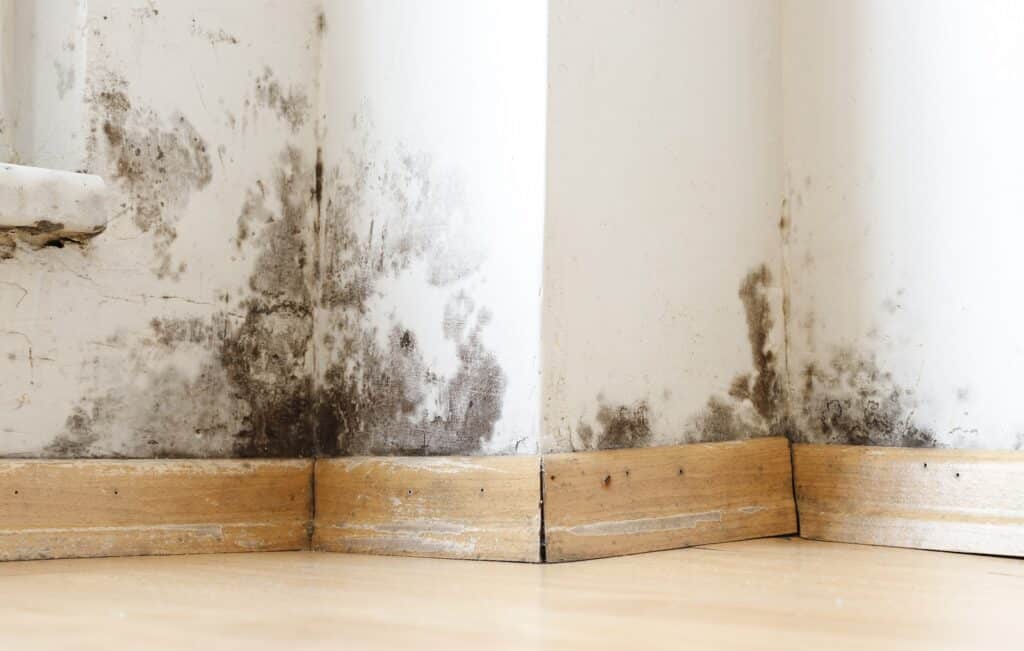
Inadequate maintenance of external structures can lead to internal dampness. Damaged stone windowsills, missing or broken mortar courses in outer walls, poorly maintained wooden doors and windows, and insufficient sealant around entrances are all potential contributors to this issue. It is essential to ensure that these elements are regularly inspected and repaired as necessary to prevent moisture from penetrating the building’s interior.
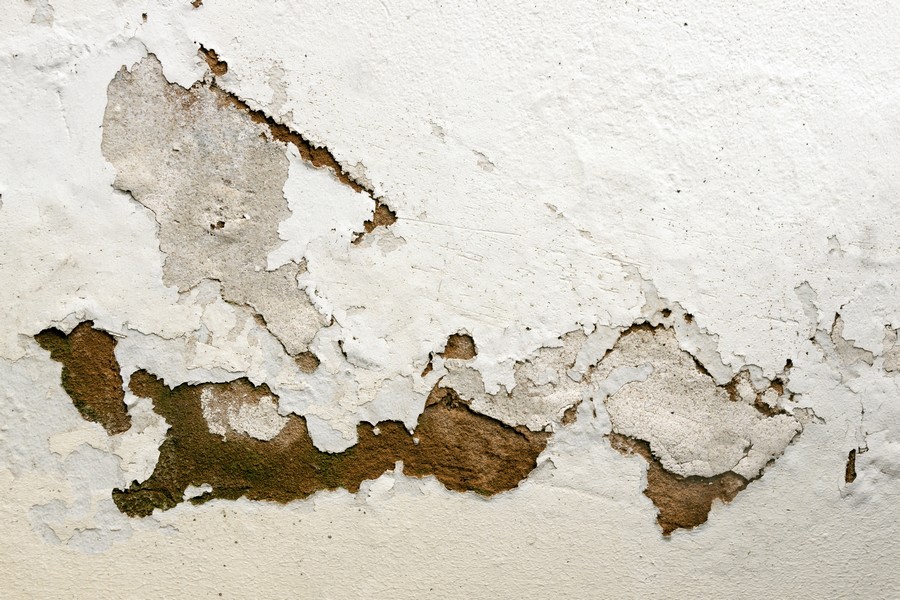
Even a minor plumbing leak can result in a significant and noticeable damp patch. Although the amount of water escaping may be small, it is usually continuous and concentrated in one area. Due to the persistent moisture, this spot absorbs more water than it can release, causing excess moisture to spread into surrounding areas. This recurring wetness creates an environment that promotes mould growth and attracts pests like termites or cockroaches.
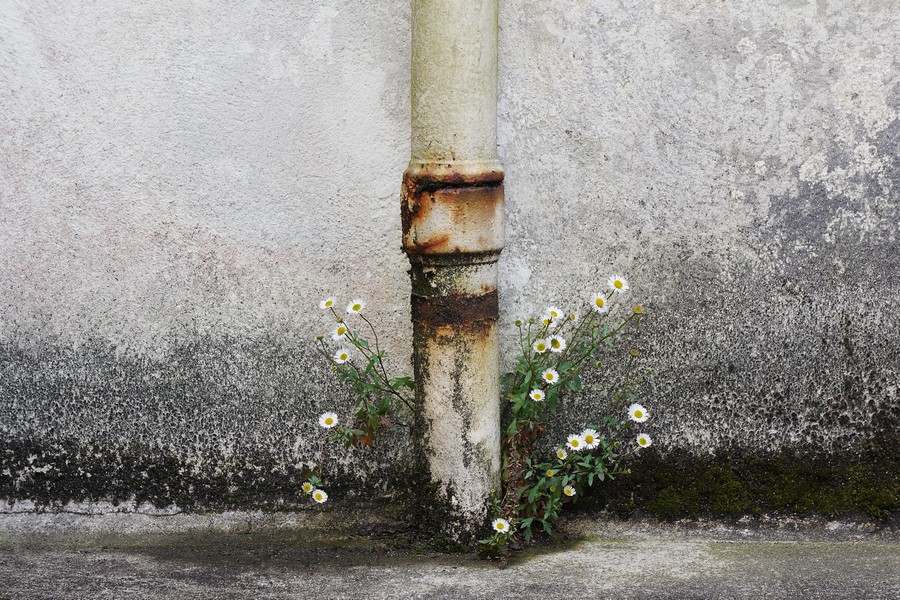
Inadequate guttering can lead to damp spots in your home or yard. Gutters have the potential to be a source of moisture, especially if they are clogged with debris, grime and dirt. This is more likely to occur when most of the network is covered in such materials. It’s important to address this issue promptly as it can cause damage not only to your property but also to pose a risk to your health due to mould growth.
Moisture can be detrimental to your home, causing damage and health hazards. The porous nature of exterior walls made from materials such as concrete and bricks means they are susceptible to attracting moisture if not treated properly. This is why it is crucial to damp-proof your walls. Water can infiltrate the masonry through gaps in the bricks, leading to issues such as mould and dampness that pose a risk to one’s well-being.
Rainwater is often the culprit, but other sources of water may also cause problems. Lateral migration of water from outside into the interior of your home can occur when there are gaps in the wall structure. In cases where rain persists for extended periods, walls may remain moist without adequate time for drying out, resulting in reduced heat conductivity within your living space.
Properly treating exterior walls with damp-proofing measures will help prevent these issues and ensure a safe and comfortable living environment for you and your family.
The water absorbency of your walls is influenced by the condition of the pointing and brickwork. Water penetrates differently in various areas, leading to damp patches that can be cold spots on the wall. These damp regions may contain salts that have washed out from the bricks, which can cause paint eruptions and plaster damage. The moisture from internal air condenses more readily in colder areas, resulting in three times as much heat loss compared to adjacent walls. This exacerbates the issue with each passing day, creating a vicious cycle where dampness increases over time.
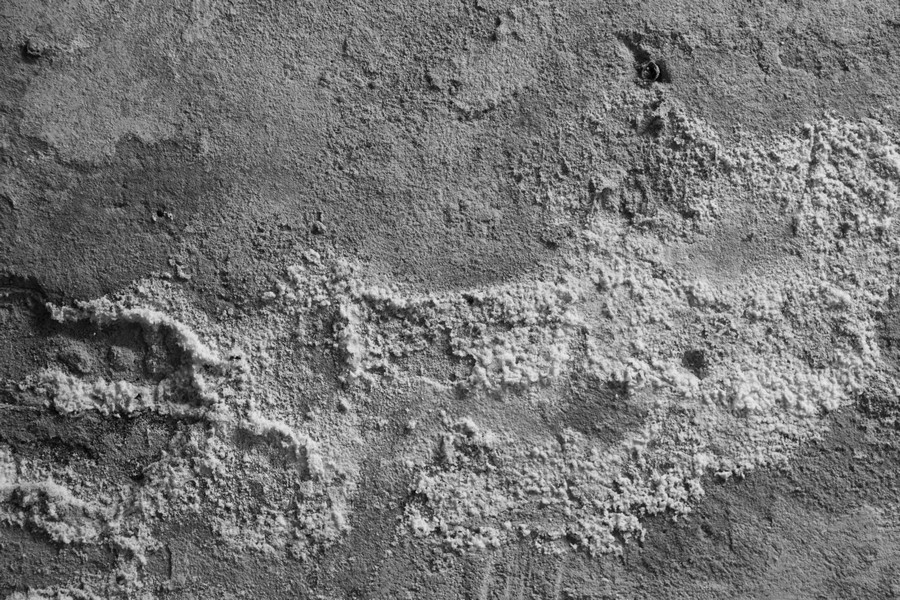
Wall insulation installation is a solution to your current damp problem and can prevent future issues. Our team of experts will evaluate, clean and fix any fractures that allow moisture to penetrate the walls, repair the render if necessary, and then apply an exterior wall coating in various colours and textures. The process begins with cleaning the walls before applying paint. A primer coat is applied to ensure strong adhesion between the surface and substrate for long-lasting results. Industrial machinery is used for high-quality finishes during exterior wall coating application.
If you’re looking for more expert tips on how to improve your home’s exterior, contact us today at 01273 257 212 or via our website. We’ll provide you with professional advice tailored specifically to your needs.
To ensure the longevity of brick walls, it is imperative to apply exterior wall coatings. While modern dwellings may incorporate cavity walls and impermeable materials, these measures do not entirely eliminate the risk of penetrating damp caused by external water sources. The accumulation of excess moisture and humidity within brick walls can lead to their gradual deterioration, as well as the unsightly growth of black mould inside homes. Therefore, it is crucial to take preventative measures against such damage by applying appropriate exterior coatings that offer waterproofing protection for your property’s brickwork. By doing so, you can safeguard your home from potential structural damage while also enhancing its aesthetic appeal with a sleek and polished finish.
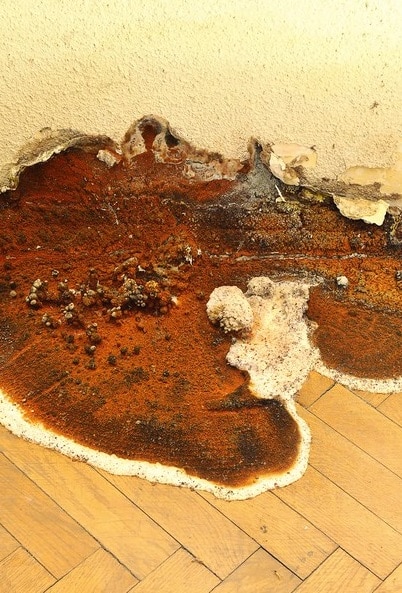
Call Our Sussex Damp Experts team now for a free quote, consultation and advice:
Water-repellent creams are a reliable exterior wall coating that penetrates deeply into bricks and stone. Their thick consistency prevents run-off, forming an invisible barrier that pushes water to create beads, preventing it from penetrating the walls. These chemical ingredients also allow the walls to breathe by evaporating any moisture in the construction. With this cream, exposed bricks can maintain their original appearance while staying dry. This is due to its ability to form an impermeable shield against water without compromising on breathability. The use of water-repellent lotions ensures that your walls remain protected from moisture damage while maintaining their aesthetic appeal for years to come.

Before embarking on waterproofing, it is imperative to address the underlying cause of penetrating damp. Prior to commencing any brick waterproofing treatment, all cracks, broken mortar and imperfections must be rectified. One option for external wall coatings is a waterproof cream that can only be applied once the building structure has been reconstructed.
This creates a transparent barrier between the exterior and interior moisture, safeguarding against pollution, frost and rain damage. It is essential to ensure that this protective layer is applied correctly in order to prevent any further water ingress into the property which could lead to structural damage or health hazards such as mould growth. By taking these necessary precautions during the initial stages of waterproofing, one can effectively protect their property from future harm caused by dampness and moisture infiltration.
The cost of treating, repairing and damp proofing your property is influenced by a variety of factors such as the size, architecture, type of damp and materials used. Given the complexity involved in determining these factors accurately, we recommend calling our team at **01273 257 212** to schedule a thorough damp and timber survey.
Our experienced staff will evaluate your property comprehensively to identify the root cause of any issues before presenting you with an appropriate solution along with a detailed quotation that is both effective and affordable. Rest assured that our friendly team members are always available to answer any questions or concerns you may have regarding the process.
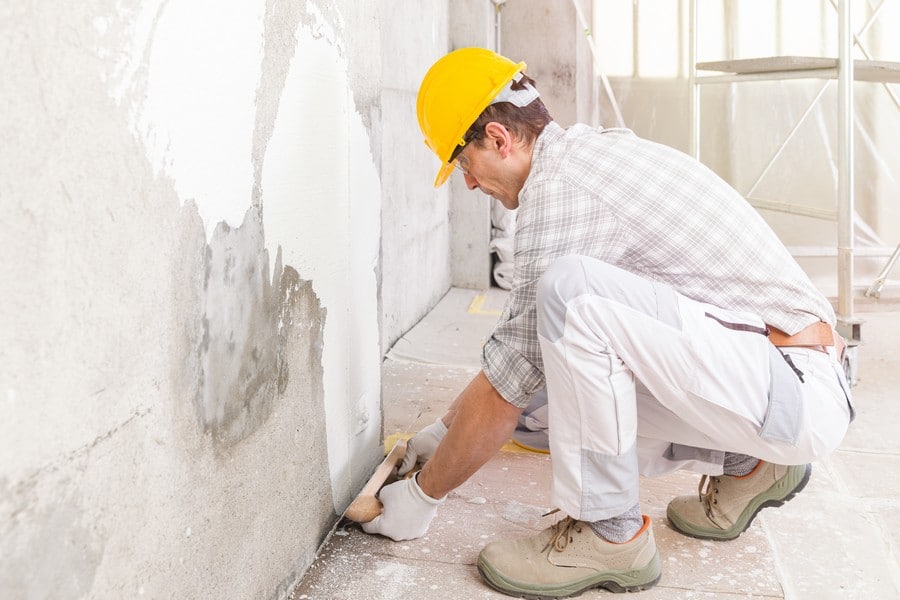
Sussex Damp Treatments is a highly reputable company that offers top-notch damp proofing treatments, wood preservation, expert re-plastering and damp assessments. We cater to individuals, local governments, small enterprises as well as commercial building owners and managers with customised solutions that meet their specific needs. At Sussex Damp Treatments, we value communication with our clients and ensure that they receive competent and trustworthy services from our team of experts. Contact us today at 01273 257 212 to speak with one of our friendly staff members about your requirements without any obligation for site surveys. Trust us to provide you with the best possible service in the industry!


Max and his team have been at our property all week and I really can’t thank them enough for the fantastic job they’ve done on plastering both our walls and ceilings. They have literally transformed the appearance of our house! Not only has Ma…
From start to finish Max has been incredable. His knowledge lin damp proofing is second to none and his team where very clean and polite. The plastered finish was like glass so happy we choose Max Plastering for job.
Lovely bunch of lads left a very neat and clean job. Problem was solved.
Perfect Finnish and all left clean and tidy and no mess. Used Max previously and would not hesitate to ask him carry out more work.
Max, Harvey and Stuart arrived promptly as arranged. Done a great job on our outside rear wall. Work completed to a high standard, removal of all old material and cleaned up after themselves. I am so pleased with the standard of their work they ar…
They turned up on time and carried out the works in a very professional manor leaving the front of the house clean and tidy. Very impressed would definitely recommend.
I have to say that on every level Max (with Stuart and Harvey) did an extremely professional job! They explained what they were going to do, they were polite and courteous and respected that they were coming into our home. The plastering is of the…

I called max and he managed to come around the same day to do a survey. The next day I received an extremely detailed survey compared to any other damp proofer which made me feel very at ease that he was going to do the right job. Max and team tur…
Contact Sussex Damp Experts Now to Speak With an Expert.